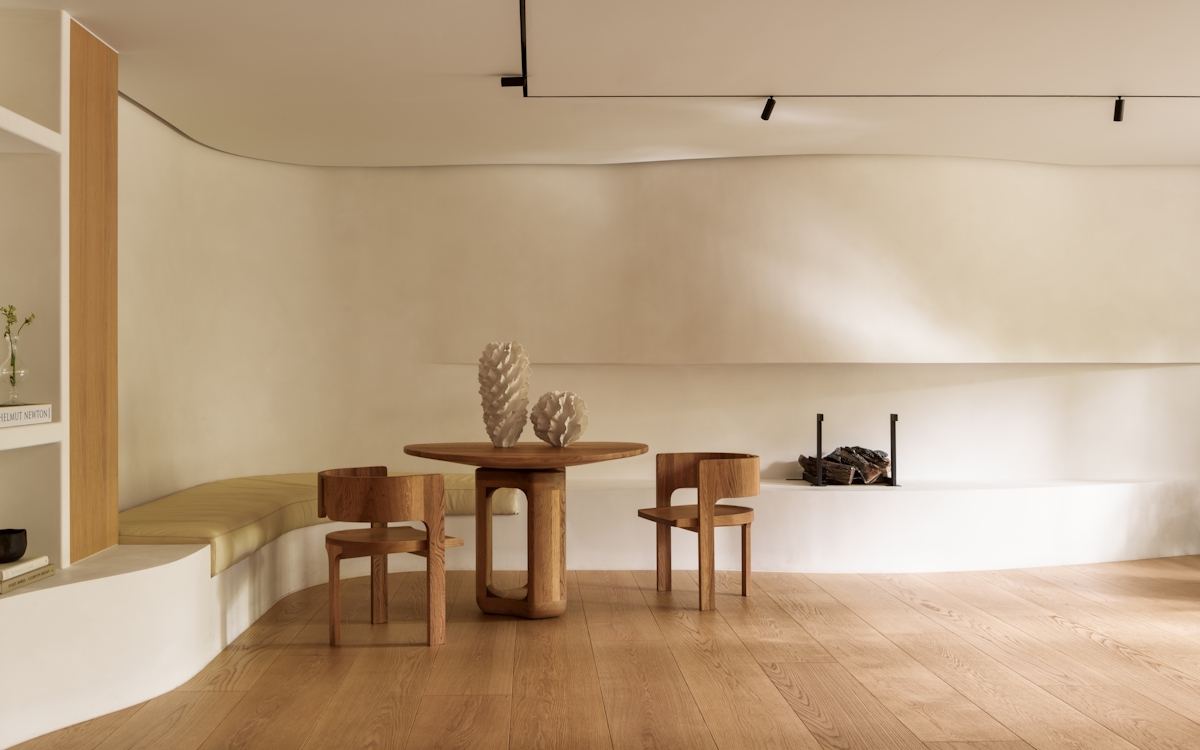The condition of our bedrooms and, most importantly our beds and bed linen, is a major contributor to the quality of sleep we get each night.
Studies show that bedmakers are happier, more productive, stick to budgets and have a more restful sleep than non-bedmakers (you know who you are). There are even sleep doctors whose sole purpose it is to teach us this basic principle.








